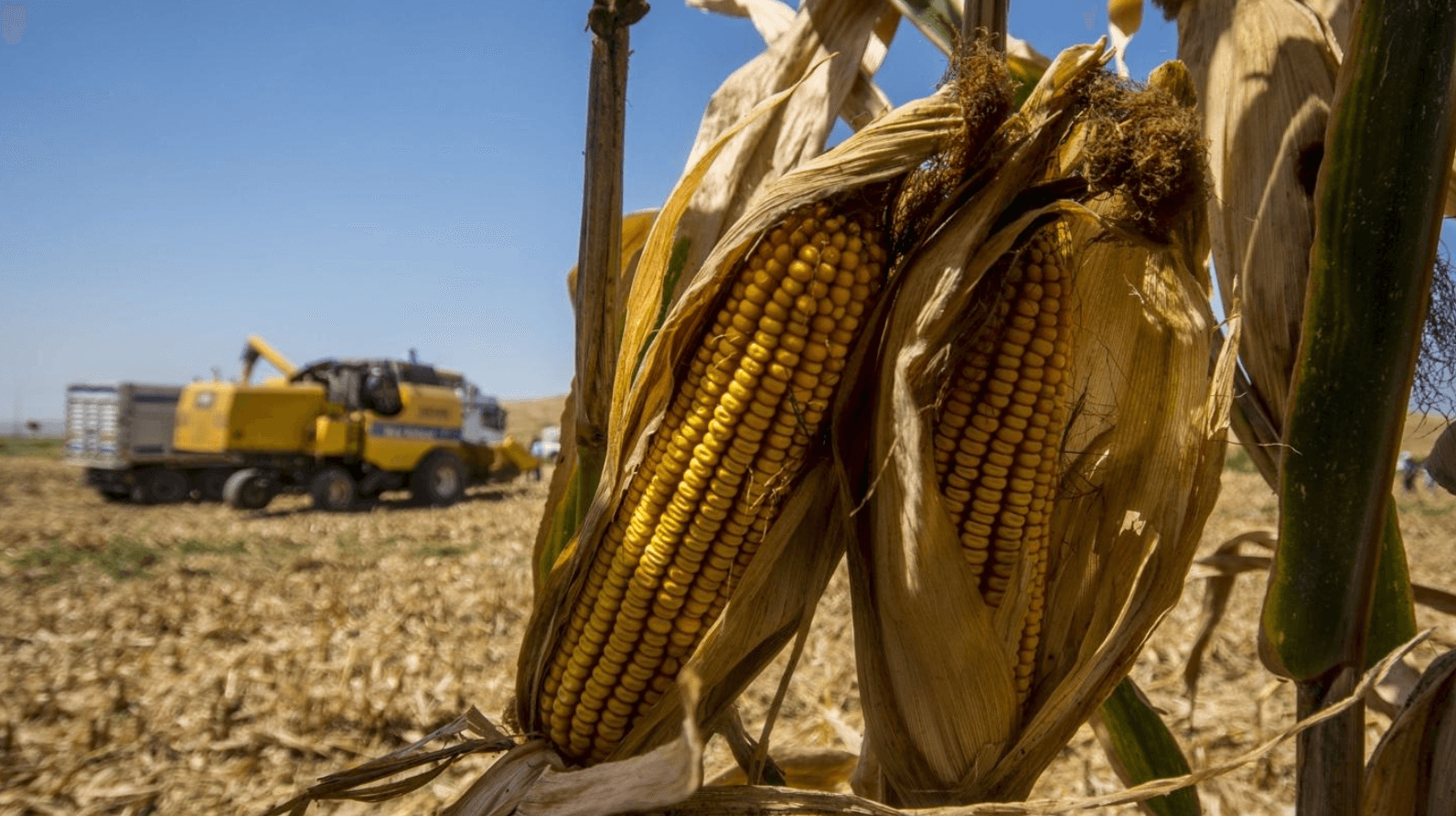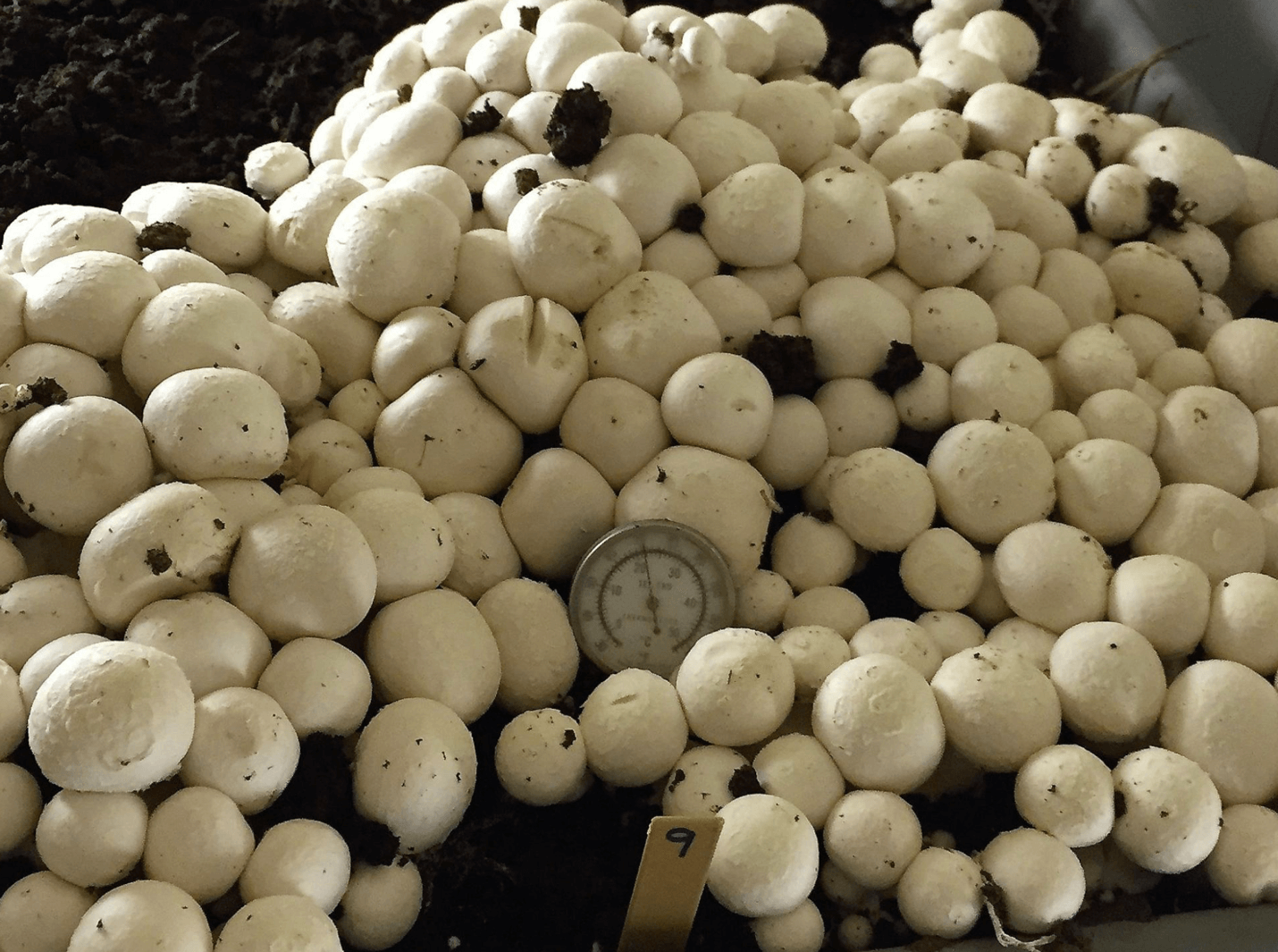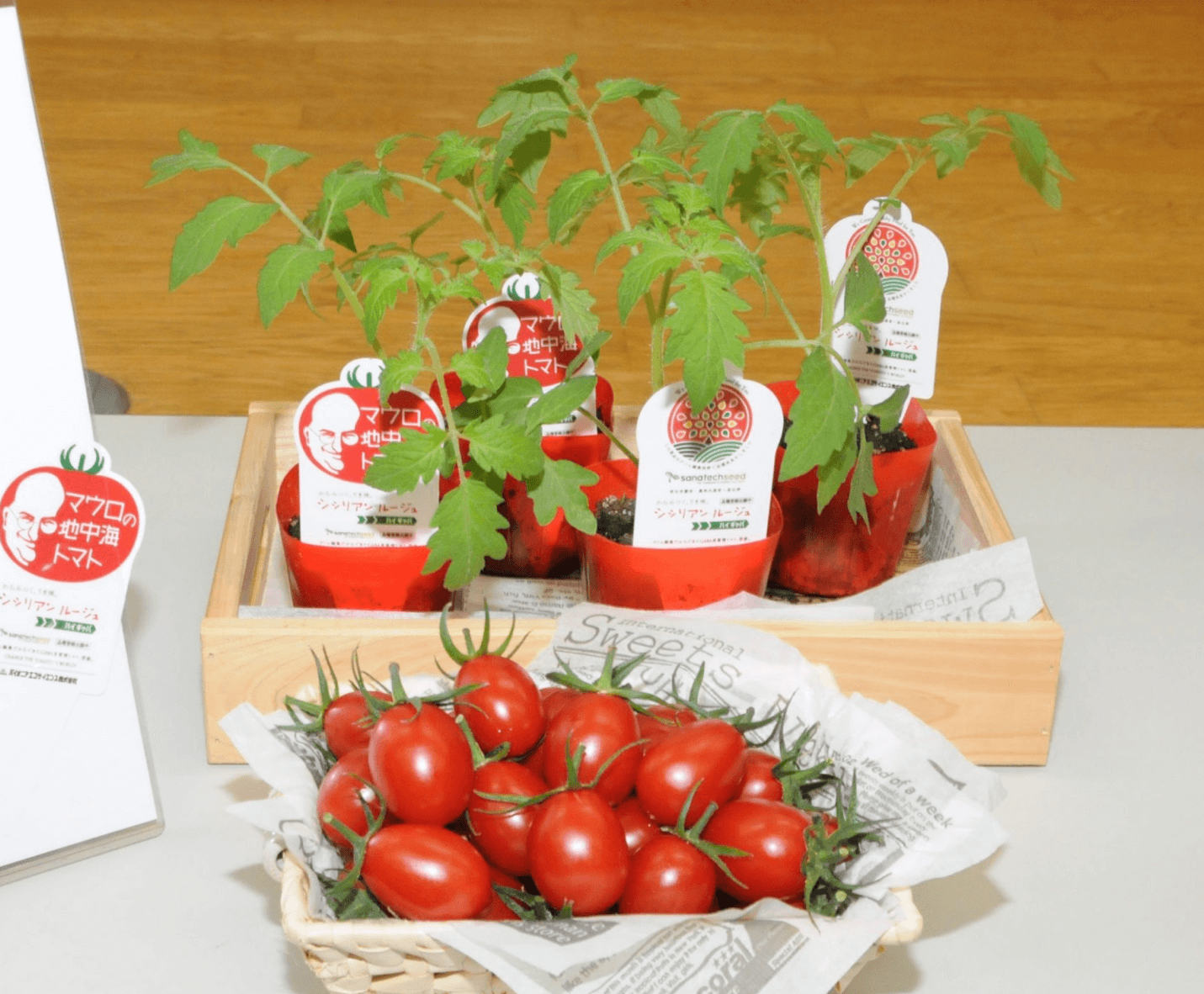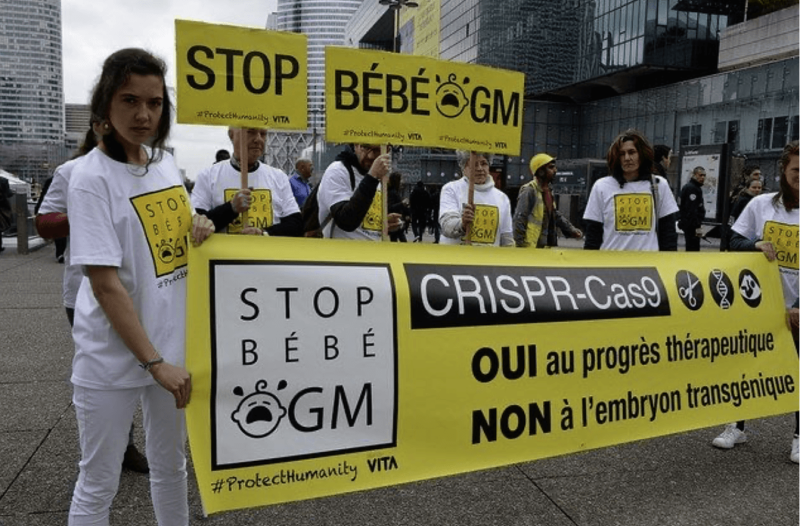The July proposal by the European Commission, which is the Executive arm of the European Union, to significantly liberalize not illiberalize its agricultural biotechnology regulations by opening the door to gene-edited crops still has a long and potentially rocky road to travel before they might take effect.
Ultimately it will be up to the European Union legislature to draw up the regulations guiding the cultivation of what the EC refers to as New Genomic Techniques (NGTs) . Although a majority of members support some degree of liberalization, details need to be worked out. These regulations will ultimately reflect a consensus among the member states.
Considering the divisiveness of the issue, it’s possible it will take years, possibly until 2030, before a final measure is passed. Any legislation will face huge lobbying efforts from anti-GE campaigners, most of whom are on record arguing that crop biotechnology is inherently dangerous to humans, animals and the environment. Suspicions spread by anti-GE advocates over the years have successfully raised doubts and fears among the public. More than 400,000 people have signed a petition opposing any liberalization of regulations for GE crops. It is this strong public opposition that commission members must navigate to translate this proposal into law.
Germany remains skeptical about these proposed reforms. Agriculture minister Cem Özdemir hopes to preserve the risk management model that has guided European science policy for more than three decades, “The precautionary principle must continue to be taken into account,” he said shortly after the release of the proposal. “Whether the present draft does justice to this must be doubted.”
Ozdemir did leave the door open to a possible compromise. At an EU agriculture meeting later in July, he offered to act as a “bridge between staunch proponents and opponents of NGTs.” The agriculture ministers of Cyprus, Luxembourg and Lithuania also expressed concerns about the proposals but indicated a willingness to move forward on finding practical solutions. EU Food Safety Commissioner Stella Kyrakidesfr sought to reassure the opponents of the proposal. “I want to assure you is that it does not lower the bar on safety and the precautionary principle, and it builds on a robust and thorough impact assessment.”
Encouraging comments aside, a compromise may be difficult to forge because key elements of the legislation present binary decisions. Either EU farmers are allowed to grow them or they are not; there is no middle ground. If approved, the legislation is unlikely to include opt-out clauses allowing individual countries to set their own policies but that would probably also allow those countries to ban the import of gene-edited foods from EU countries where they are grown. This is not allowed by EU regulations because it would undermine one of the main tenets of the EU, which is the creation of a free trade zone that does not discriminate or place import barriers on products from other member countries.
Long route to a new law
The recommendations in the Report are the beginning and not the end of the legislative process. Negotiations and debate are unlikely to even begin until after the EU parliamentary elections which will be conducted in June 2024.
The process of writing a bill will be contentious. Labeling and traceability are likely to be among the most disputed issues. Anti-GE forces will demand it. Friends of the Earth food campaigner Mute Schimpf for example, has said, “It was essential labelling requirements remain so that consumers could make informed choices.” Organic farmers in Europe believe these proposed changes would mean the end of food traceability and a threat to organic certification.
Labeling opponents contend that foods grown from gene-edited seeds are genetically identical in every way to those from conventional crops, so new products could not be traced and therefore should not be labeled. Labels for gene editing would be a scare warning, not a science-based designation. Moreover, they say, labeling has traditionally been reserved to alert the public for nutritional content or for possible allergic reactions, but not for the processes by which a seed or a food is made. Sausage labels for example do not include information about how they are made, and meat labels do not have to identify the process by which an animal was slaughtered.
Label opponents say any special labels would act as a scare warning not based in science, as GE foods are as safe as conventionally grown food, organic or not. Of course, these widely-accepted rules for labeling long used in almost every country were thrown out the window when hysteria fanned by activist groups greeted the first generation of what zealous critics characterized as ‘Frankenstein’ GMOs.

In a non-science response to these fears, and to accommodate concerns voiced by organic farmers, the EU put in place traceability requirements for transgenic GMO crops more than 20 years ago. Facing the same concerns when preparing its reforms, put in place last summer, Canada opted to focus on “transparency” rather than pre-market safety evaluations, traceability and labeling. They introduced a registry for gene-edited plant varieties to ensure transparency, preserve freedom of choice to farmers and growers, and allow value chains wishing to avoid the use of conventional-like NGT plants in their production to do so.
Can the EU mount an education campaign to circumvent anti-science lobbying?
The EU is paying the price of a history of not challenging two decades of anti-biotechnology propaganda. Anti-GE campaigners have dictated the narrative on crop innovation and drowned out the views of the scientific community. As a result, it is not surprising that public opinion is not predisposed to GE crops. A 2020 Pew Research poll indicated that only 8% of those surveyed in France; 10% in Italy; 13% in Poland, the Czech Republic, Germany and Spain; and 20% in the Netherlands believed that consuming GMO food was safe, despite conclusive evidence to the contrary.
The EU may need to fund an extensive education campaign to overcome the anti-biotech propagandists who have promoted the false notion that GE crops are dangerous to humans, animals and the environment.
There are several examples that could be incorporated in a public campaign to illustrate the safety of gene-edited crops to a skeptical public.
First, it could widely promote the barely-known fact that the EU is the largest regional importer of GE crops in the world. It imports tens of millions of tons of GMO corn, soybeans and rapeseed from North and South America every year for animal feed with no evidence it is harmful to the animals consuming the feed or to the people who eat the meat and dairy products of animals consuming the feed.
Second, the EU should inform the public of the of the many foods that contain vitamins, enzymes, colorings and other additives that have been produced via genetic engineering.
Third, the EU should highlight the inconsistency of NGOs that oppose genetic engineering for crop cultivation but accept it without question for medicine and vaccines though the processes are similar. Most insulin is produced via genetically modified bacteria. Many vaccines, such as the mRNA ones for COVID and others for Ebola, Zika, Hepatitis B and HPV, are genetically engineered. Cancer drugs are being genetically engineered. There is a gene-edited treatment for sickle cell anemia.
Finally, the EU should make a public case that genetic engineering of crops is needed to address climate change. As temperatures become increasingly unstable in Europe and globally, crops will be more prone to diseases, stress, drought and insects that will reduce output. Gene-editing will help keep farmers productive. It can also help to reduce the carbon and pollution footprint of agriculture by reducing the need for many synthetic pesticides and fertilizers. Genetically engineered crops could for instance become nitrogen efficient.
Does the European public really want to miss out on innovations that the rest of the world is fast embracing?
One of the arguments put forth by the biotechnology rejectionists is that deregulation will only further the grip on the food supply of large agribusiness.
The reality is that deregulating gene editing would spur competition. A transgenic GMO crop can cost more than $100 million dollars, all but ensuring that only global companies with deep pockets can afford to develop. But the cost of developing a gene-edited crop are dramatically lower, because of the reduced complexity of the process and the less burdensome approval process.
The first gene-edited food greenlighted without review by the USDA was a common white button mushroom that resists browning. It was developed in 2016 for less than $50,000 by a Penn State University plant pathologist using a gene editing technique known as TALENs, which was invented years before CRISPR debuted in 2012. The mushroom was never commercialized.

Reducing the cost of entry will prompt the emergence of new, smaller companies into the market. This is already happening in the United States where some of the most innovative research in the field of gene-editing crops is being conducted by start-up companies.
To date three gene-edited products have been commercialized in the US: a soybean oil developed by Minnesota-based Calyxt that contains up to 20% less saturated fatty acids compared to commodity soybean oil went to market in 2019; and two foods introduced in 2023.
Last spring, Pairwise, a North Carolina start-up, introduced “Conscious Greens”, a leafy mustard green that is less bitter and pungent; it went from concept to the marketplace in less than four years. Norfolk Healthy Produce, a spinout company from the John Innes Centre and The Sainsbury Laboratory, has gotten approval to sell a ‘purple tomato’ with high levels of polyphenols, which dramatically increases its antioxidant properties.

In 2019, the USDA determined that six gene-edited virus-resistant tomato lines developed by Nexgen Plants of Australia aren’t potential plant pests and therefore did not fall under the agency’s jurisdiction for regulating biotech crops. The lines have not yet been commercialized.
Here are additional crops in the development stage made with NGTs, in the US and elsewhere:
- Pairwise is also developing seedless blackberries and raspberries and pitless cherries.
- Cibus, an agriculture biotechnology company headquartered in San Diego, is developing canola, rice, soybeans, wheat and corn that are herbicide tolerant, disease resistant and nitrogen efficient. Last June, Cibus merged with Calyxt, a Minnesota-based agriculture biotechnology, that developed the first approved gene-edited soybean oil.
- California-based Green Venus has developed a browning-resistant avocado using CRISPR.
- Elo Life Systems, also headquartered in North Carolina, is developing a gene-edited banana that is resistant to Panama disease.
- Yield 10 Biosciences in Massachusetts, is developing genetically engineered camelina varieties to produce bioplastics, biofuels and Omega-3DHA and EPA oils.
- Okanagan Specialty Fruits, headquartered in British Columbia, has developed numerous non-browning apple varieties under its Arctic label.
- In the UK, which recently deregulated gene editing, TropicBio is working on developing disease-resistant bananas, low-caffeine coffee and blast-resistant rice.
- Sanatech Seed, located in Japan, has developed a genome-edited tomato, with high levels of Gamma-AminoButyric Acid (GABA), an amino acid believed to aid relaxation and help lower blood pressure.
- InEdita Bio, an agriculture biotechnology start-up firm in Brazil, is applying gene editing techniques to produce crops that are more efficient and resistant to diseases.
- BitterSeeds, located in Israel, is conducting research into developing perennial crops such as avocados. According to CEO Ido Marglit, “Turning fruit trees and other perennials into seasonal crops means they will take a short time to mature, cutting growing costs and greatly reducing the market risks caused by changing consumer tastes. Because the trees will be smaller when they yield fruit, they will also be adapted to automated harvesting.”
Start-up companies are likely to spring up in the EU when the legislation deregulating gene editing for crops is passed. Consumers will then have access to innovative food products such as disease, insect, drought, stress and browning-resistant and nutritionally fortified and more flavorful crops.
EU procrastination on GE crops is costly
EU antagonism towards GE has been very costly. While European scientists have been stymied in their efforts to exploit new-generation biotechnologies, scientists in Brazil, the US, Argentina, Israel, Japan, Canada and China, among others, have been hard at work conducting research, experiments and field trials, developing products that have made their way to the market.

In the EU, much of the research in crop biotechnology has been shut down because of stringent regulations. Field trials have been limited. Venture capital funding for GE crops has dried up and as a result, the EU have few start-up companies in the GE crop space. Many plant scientists have decamped to other countries with a more favorable predisposition to crop biotechnology.
For the EU and the world, utilizing NGTs to grow crops is not a luxury; rather, it is a necessity to promote the sustainability, viability and profitability of agriculture and to help deal with the impact of global warming. There is literally no other way to meet soaring food demand — an expected 50% increase globally by 2050, according to the United Nations. The EU cannot afford to be left behind. It is time to listen to scientists and not the ideologues spreading misinformation.
Steven E. Cerier is a retired international economist and a frequent contributor to the Genetic Literacy Project.































